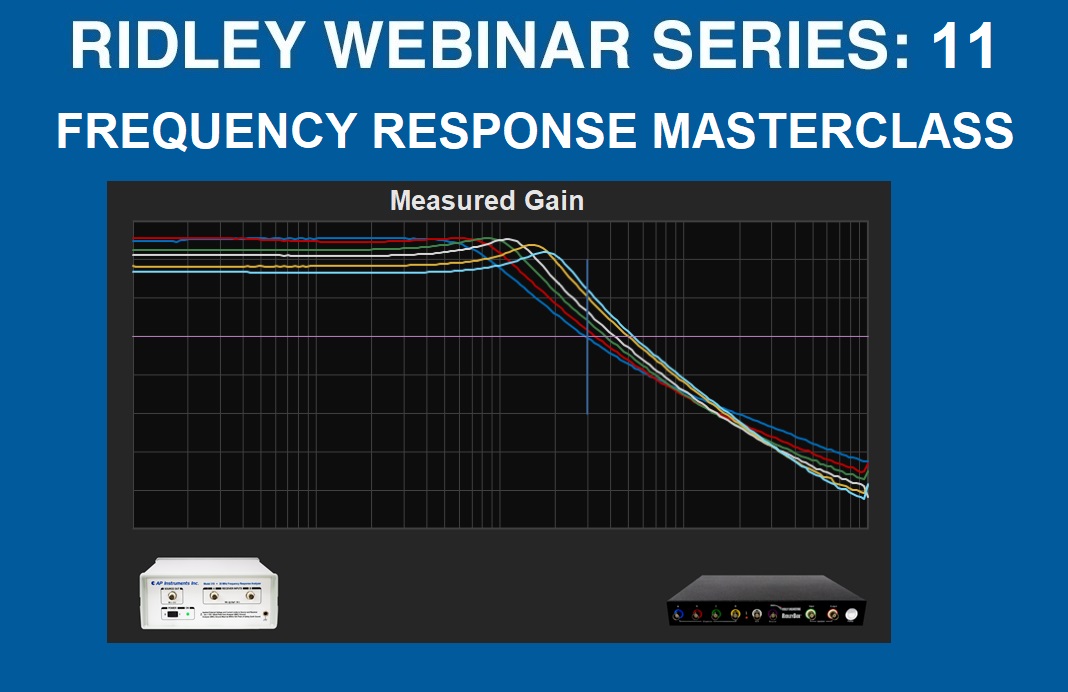Design Center
Flyback Converter Design Webinar
Dr. Ridley discusses the multiple design options available when designing the ever-popular flyback converter.

RidleyWorks Part I Topologies and Simulation
Dr. Ridley discusses the multiple design options available when designing the ever-popular flyback converter.

RidleyWorks Part II How the Simulator Works
Dr. Ridley talks about the unique cycle-by-cycle simulator that is built into RidleyWorks

Advanced Inductor Circuit Modeling Video
For the first time, we provide accurate simulation models for production magnetics. Losses can be simulated for any topology and waveforms.
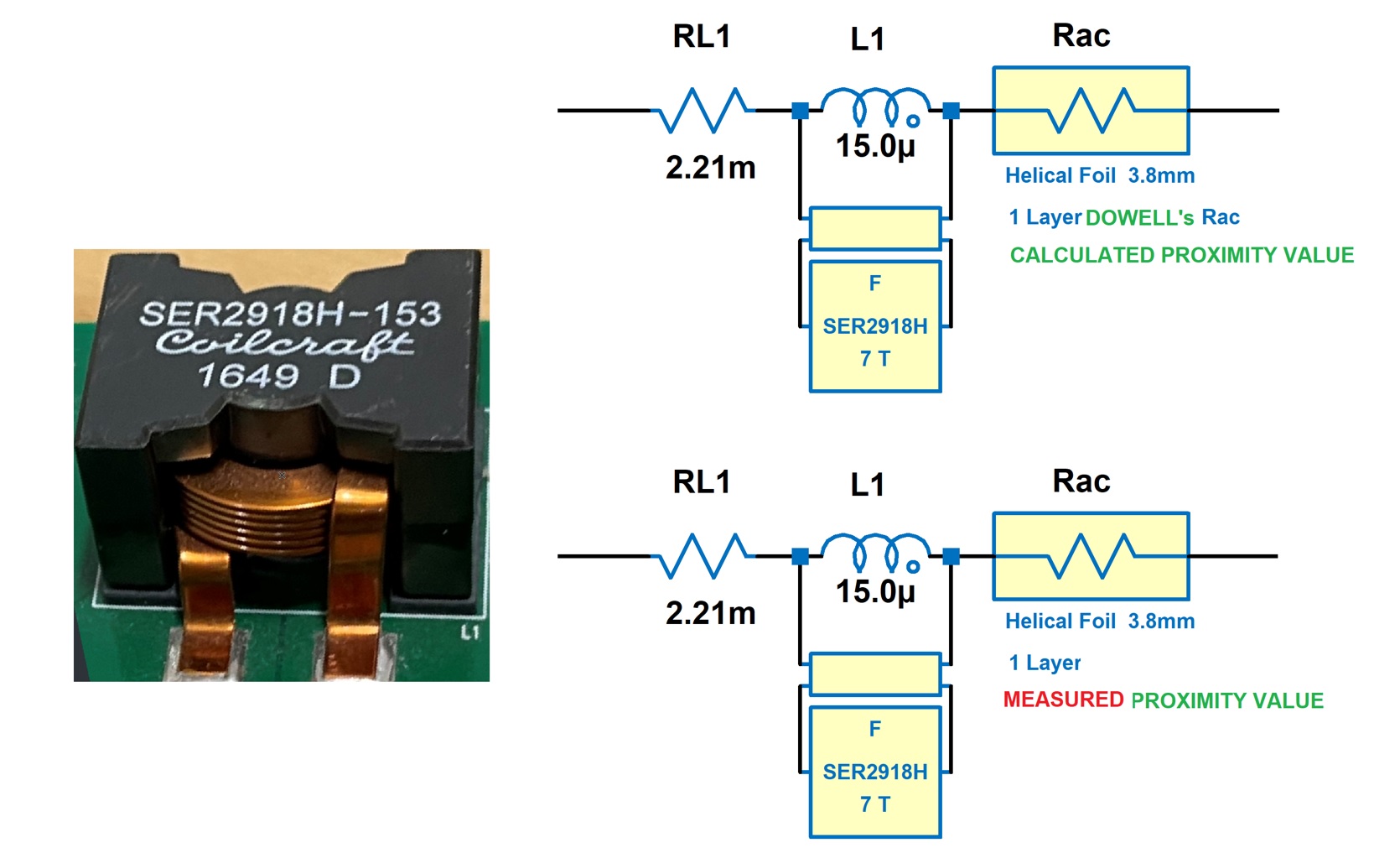
Advanced Inductor Circuit Modeling - Part I
Advanced LTspice circuit models for a helical-foil inductor. Circuit simulation closely matches measured results.
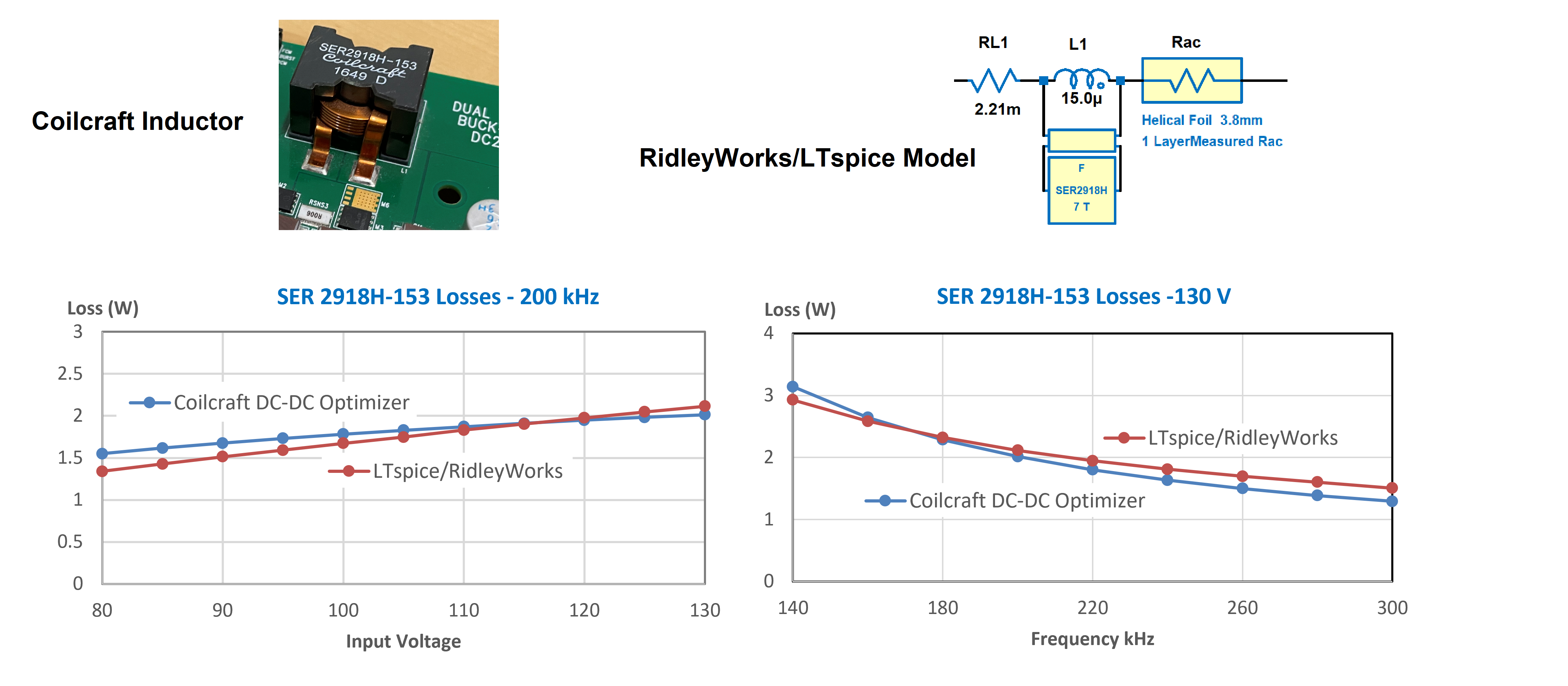
Advanced Inductor Circuit Modeling - Part II
Advanced LTspice circuit models for a helical-foil inductor. Lab measurements of ac resistance capture gap loss and provide accurate results.

[A23] PFC Small-Signal Analysis
Average Small-Signal Analysis of the boost power factor correction circuit. Originally published 1987 in a VPEC Seminar.

[113] High-Performance Loop Sweeps in LTspice
Part I: Learn how to emulate the RidleyBox and AP310 Analyzers in LTspice®.

Input Filter Magic
50 Years ago, Dr. Middlebrook, showed how the impedance of the input filter will interact with a switching power supply to cause instability. Dr. Ridley shows a new way to control the input filter to make the system stable.

Middlebrook1976
Middlebrook's original 1976 paper on input filter interactions. Make sure you design your filter properly to avoid interactions with your switching power supply.
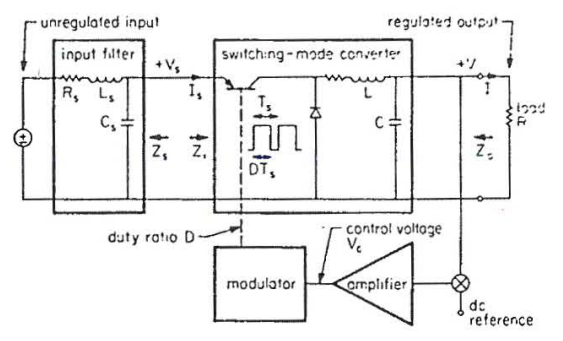
S.S. Kelkar Dissertation
S.S. Kelkar's original 1982 dissertation on feedforward control. This is the first known attempt at controlling the input filter with the converter cell.
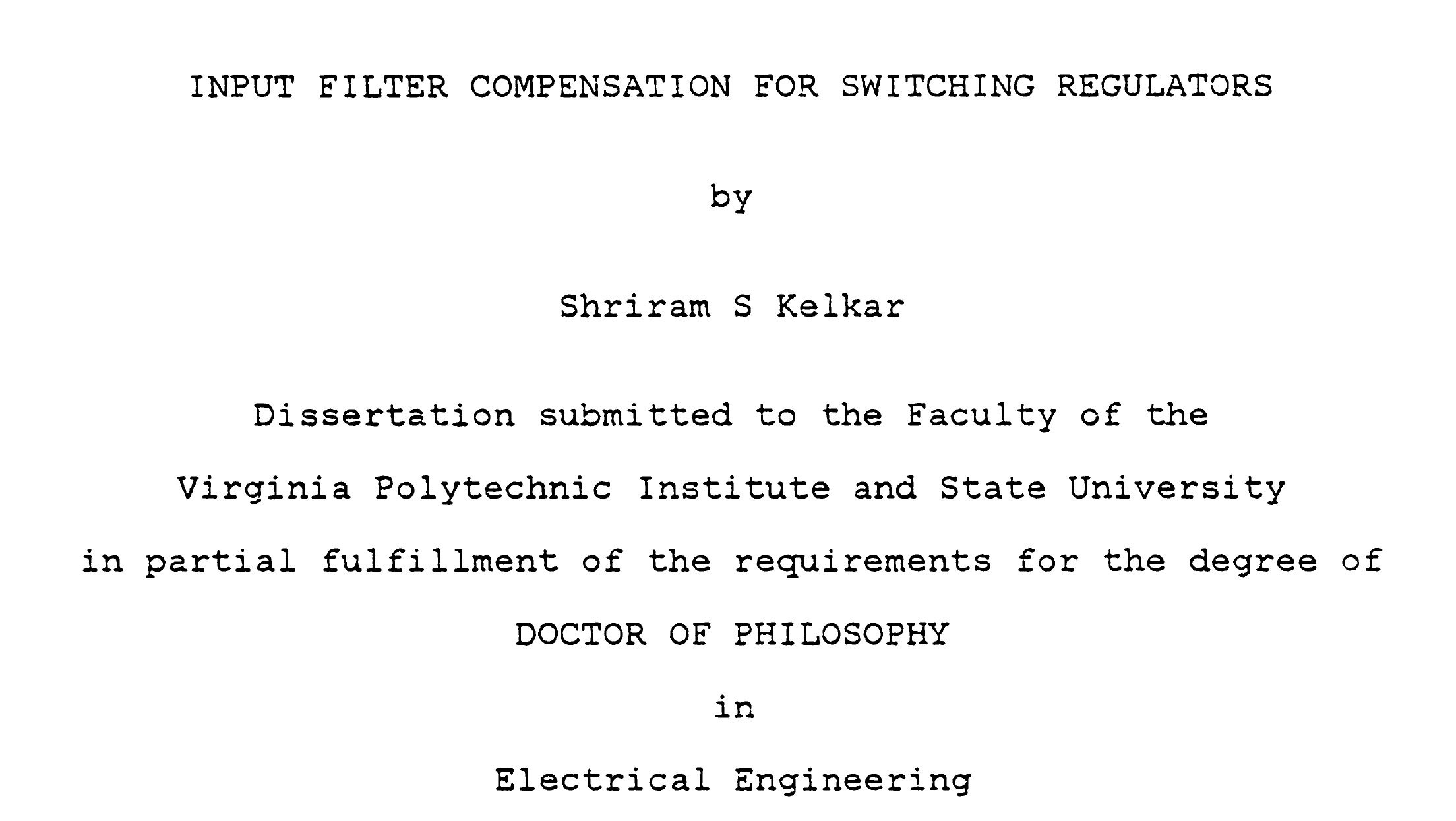
RidleyBox Performance Measurements
Compare the RidleyBox Performance for frequency response measurements
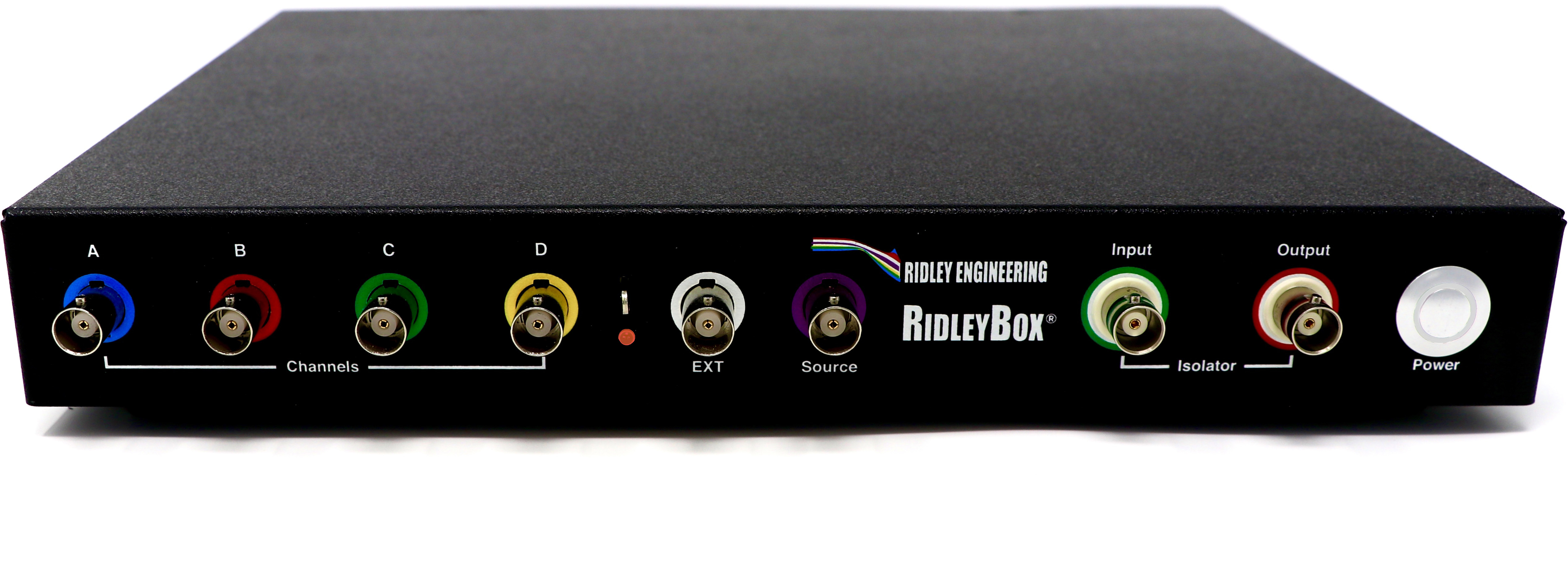
LLC Converter Design Using RidleyWorks
The design of the LLC converter is simple and straightforward when using RidleyWorks. No equations are needed, and the design process becomes a pleasure for the engineer rather than a chore.
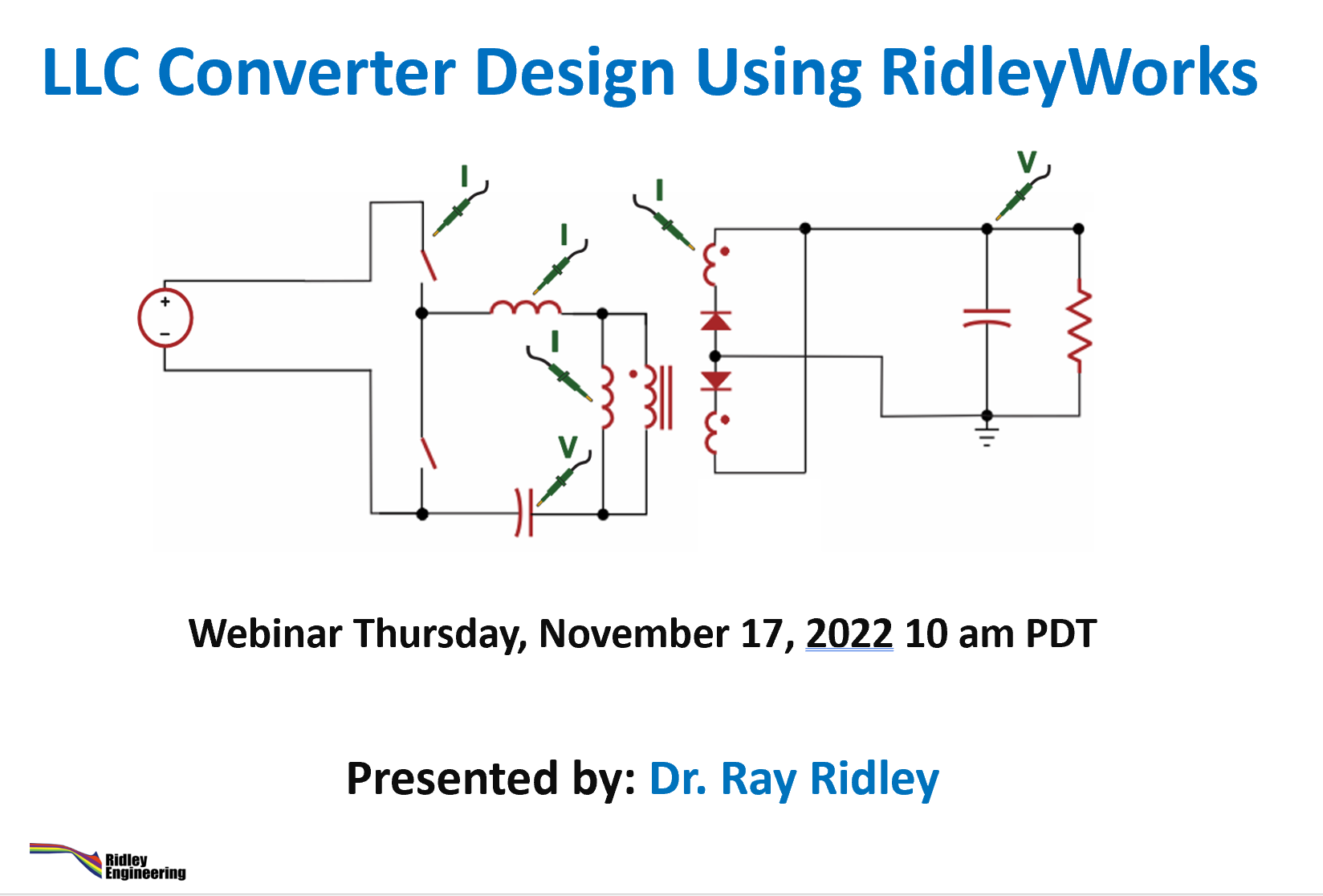
Dual Active Bridge Design Using Scaling Laws
This unique presentation is by our guest speaker Nicola Rosano. The complex process of dual active bridge converter design is greatly simplified with the application of standardized curves combined with power and frequency scaling concepts.
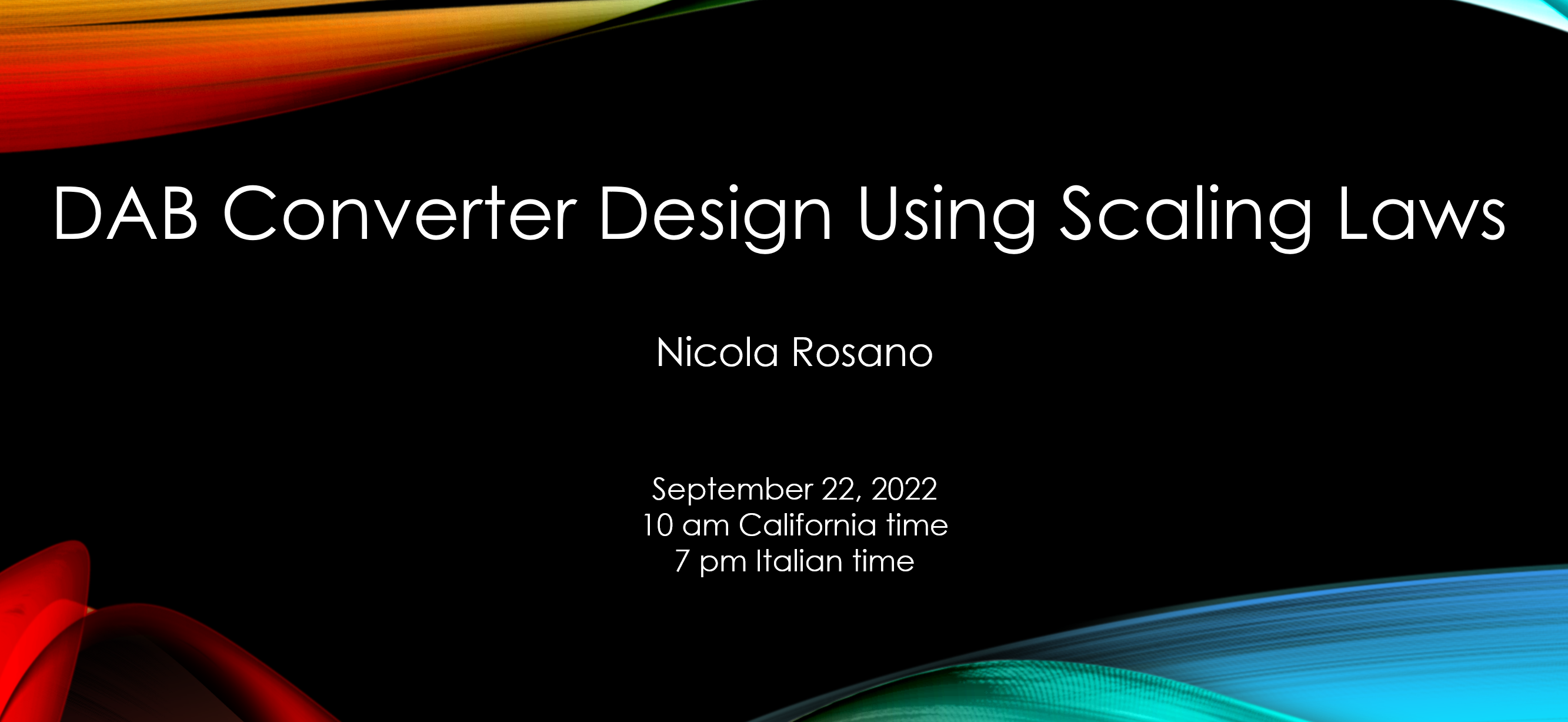
Magnetics and Dowell's Equations Chapters 1-4
This early report shows impressively detailed and complex application of Dowell's equations. Chapters 1-4 of the work.

Magnetics and Dowell's Equations Chapters 5-9
Only 1% of engineers will ever attempt to use this work - will you be one of them? For the other 99%, RidleyWorks does all the hard work for you.

[A07] IGBTs Challenge MOSFETs
Small die size makes IGBTs competitive in high frequency conversion.
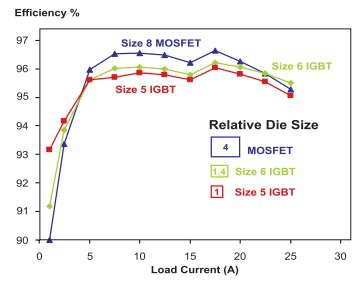
[115] Swept Transient Frequency Response for the LLC Converter
Part III: Swept loops in LTspice® can be used for the LLC converter where no small-signal model exists.

[114] Transient Loop Sweeps Outperform Small-Signal Models
Part II: Swept loops in LTspice® provide more accurate and useful results than small-signal models.

Frequency Response Measurement Masterclass
In this two-hour webinar, we demonstrate hands-on why the measurement of Bode plots is one of the most important lab skills you can learn.
